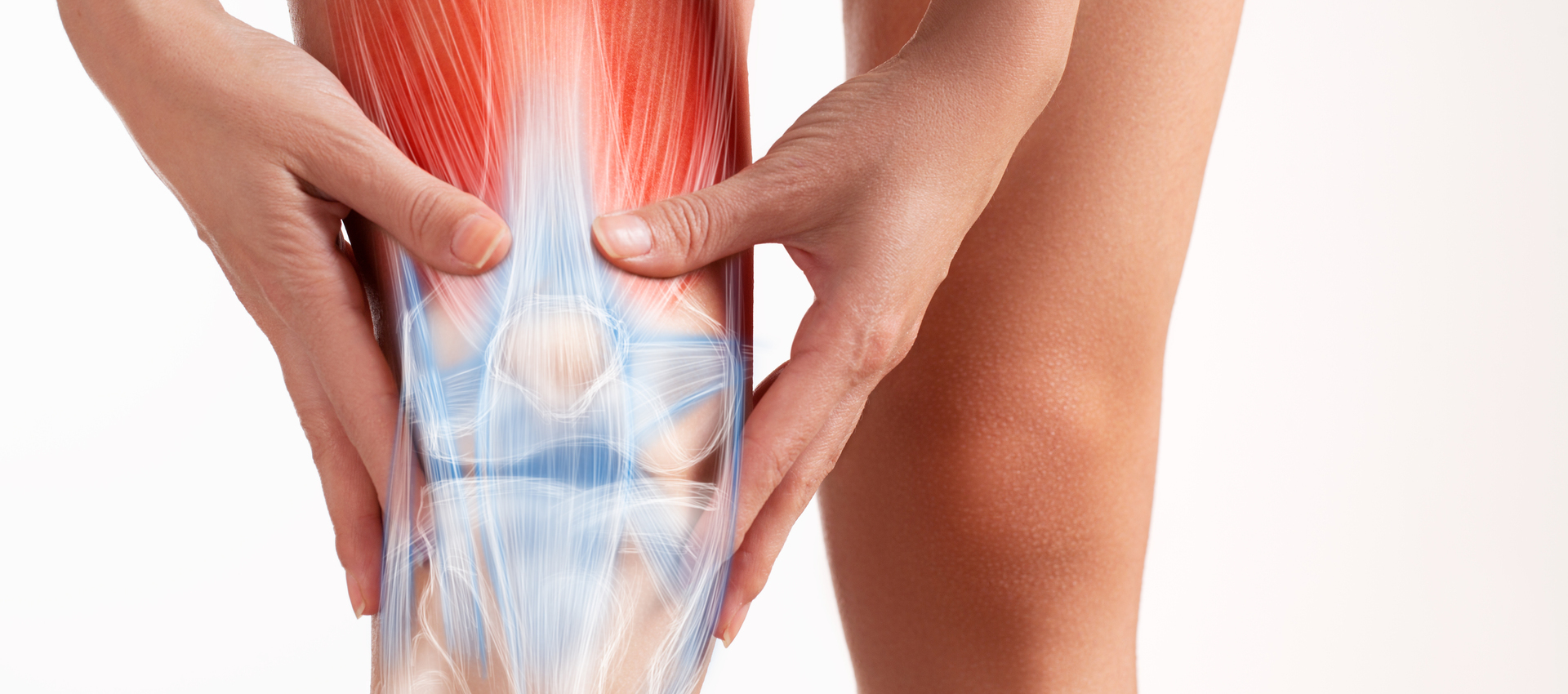Sprains and Strains
Posted on 5th September 2022 at 14:24
By Carl Green
This instalment of my musculoskeletal series discusses sprains and strains, how they differ, and how they are assessed and treated. This blog is an overview of these acute conditions, if you would like more information contact us today.
Sprains and strains are two of the most common acute conditions that we see in physiotherapy. Both involve mechanical stress to soft tissues, causing damage. Those who have suffered one of these injuries can often remember when the injury happened due to the immediate onset of sharp pain at the time.
The terms “sprains” and “strains” often get confused with each other, so I am going to discuss the differences between them and give you some additional information to help better understand these conditions. I will also offer help and guidance on how these acute conditions can be assessed and treated by a qualified physiotherapist such as myself.
What are Sprains and Strains?
Sprains
To understand sprains we need to know a little about the tissues involved. Now, the reason that sprains are different to strains is because they are not related to the muscles and tendons. The tissue involved in sprains is our ligaments (made of very strong and rigid connective tissue) that have the really important role of attaching our bones to each other. For example, we have four main ligaments in the knee that attach the femur (thigh bone) to the tibia (shin bone).
Sprains are tears to our ligaments which can then lead to a weakened or loss of connection between the two bones. Common sites for sprains include the medial collateral ligament (MCL) and anterior cruciate ligament (ACL) of the knee, the anterior talofibular ligament of the ankle, and the radial or ulnar collateral ligaments of the wrist.
Due to the high force involved when injuring a ligament, it is not uncommon to also have other injuries alongside sprains. These can include muscle strains , or even cartilage tears, dislocations and fractures.
Strains
To understand strains and how they differ from sprains, the first tissue we need to think about is muscle tissue. Which is made up of many bundles of individual fibres or strands/bands that can contract/shorten and relax/lengthen when stimulated by our nervous system. The second tissue related to strains are the tendons which are at the ends of our muscles and made from connective tissue to act like stiff springs that store and release energy, and also have a key role in attaching our muscles to the skeleton/bones.
Strains are tears to muscle fibres which often occur around the musculotendinous junction, which is where the muscle and tendon tissues merge/change from one tissue to the other. Common sites for strains include the hamstring, calf, shoulder, as well as the muscles in the back and neck.
Assessment and treatment of Sprains and Strains
We are very skilled in the assessment and treatment of sprains and strains as specialist musculoskeletal physiotherapists here at Colchester Physiotherapy Clinic.
During an assessment we can often grade the level of damage that has occurred. We do this by testing muscle strength and function for strains, or ligament laxity and function for sprains. Then we combine this information with an understanding of any potential mechanism for injury, and your health status, age, fitness, and medical history.
Sprains and strains can be given 1 of 3 grades to help categorise the level of damage that is likely to have occurred. This helps to guide treatment decisions, including if scans or orthopaedic consultant opinions are needed.
· Grade 1 Sprains and strains are mild with only a small proportion of tissue fibres torn and often respond really well to a short course of physiotherapy over 1-6 weeks.
· Grade 2 injuries involve a larger proportion of torn fibres leading to increased tissue weakness and reduced function. These also usually respond well to physiotherapy but can take around 3 months to heal and sometimes up to 6-12 months to be ready to return to higher level activities/sport.
· Grade 3 injuries involve a rupture/detachment of the ligament (sprain) or muscle (strain) and often, but not always, require orthopaedic opinion and potentially surgery. Some specific types of rupture can often be managed well with physiotherapy through compensation training and by modifying activities.
What’s next?
If you think you may have had a sprain or strain, there is a lot of information online that could help. However, it is much less confusing, time consuming, more effective and accurate to get a professional diagnosis and treatment plan fully tailored to your needs and situation. If you’re interested in more support then please get in touch with us at Colchester Physiotherapy and Sports Injuries Clinic, and myself (Carl Green) or my physiotherapist colleagues Craig Fowlie or Jane Marr will do all we can to help you.
The topics I’ll be writing about next in my “musculoskeletal conditions” series will be dislocations and cartilage tears, so check back in for that or follow us on social media to see when it is published.
Treatment and Rehabilitation at Colchester Physiotherapy & Sports Injury Clinic
If you are having issues with any of the different types of musculoskeletal conditions we would advise you to speak to a professional. Our team are experts in treatment and rehabilitation of musculoskeletal injuries or problems, and can offer you practical and effective advice on how to avoid or deal with a wide range of musculoskeletal conditions. If you require any more information about our services, reach out today or give us a call on 01206 579631.
Get in touch with the team here at Colchester Physiotherapy and Sports Injury Clinic for honest advice and recommendations!
Other Articles in our Musculoskeletal Condition Series
Author
Carl Green

Carl is a Specialist Musculoskeletal Physiotherapist, Sports Science and Human Biology graduate, former Lecturer in Sport and Exercise, Personal Trainer, and Sports Massage Therapist.
He has worked as a Physio within the NHS at a senior level, sports injury clinics, his own practice, stroke rehabilitation, occupational health and chronic pain. Carl also has first hand experience of acute and chronic injuries, pain, surgery, and disability, giving him a deeper understanding how these can affect us both physically and psychologically.
He started his career in health and fitness in 2002. Empowering people to achieve their goals, overcome challenges, and reduce future problems through lifestyle/behaviour change and exercise has continued to be a big part of his approach as a Physio.
Carl has tried many sports, but mainly focused on rugby, gym training, running (5k to half marathon), and Muay Thai Boxing. He also enjoys snowboarding, home gym training, teaching his dog tricks and playing fetch, covering songs on his guitar, and has recently taken up archery.
Tagged as: Musculoskeletal Condition Series
Share this post:







